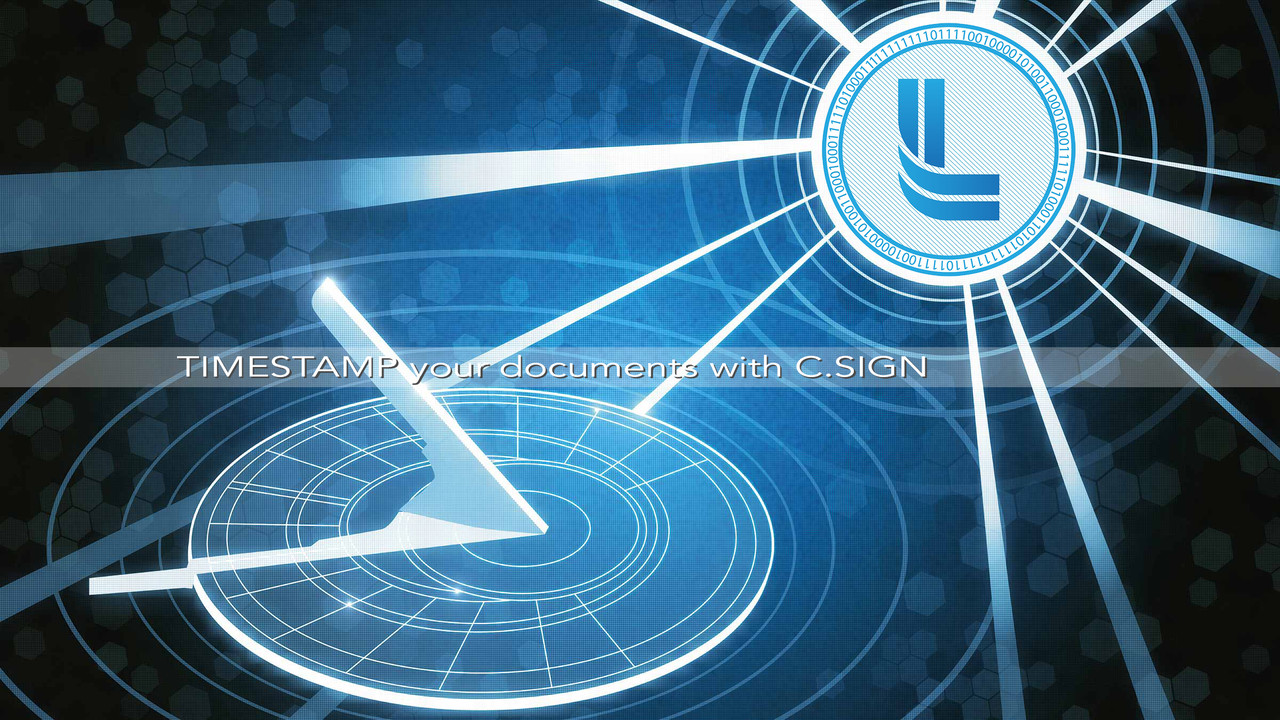A timestamp is a sequence of characters or encoded information identifying when a specific event occurred, usually giving date and time of day, sometimes accurate to a small fraction of a second. The term derives from rubber stamps used in offices to stamp the current date, and sometimes time, in ink on paper documents, to record when the material was received. Typical examples of this type of timestamp are a postmark on a letter or the “in” and “out” times on a time card.
In modern times usage of the term has expanded to refer to the digital date and time information attached to digital data. For example, computer files contain timestamps that tell when the file was last modified, and digital cameras add timestamps to the pictures they take, recording the date and time the photo was taken.
DIGITAL TIMESTAMP
A timestamp is a time at which an event is recorded by a computer, not the time of the case itself. In many circumstances, the difference may be inconsequential: the time at which an event is recorded by a timestamp (e.g., entered into a log file) should be close to the time of the event.
This data is usually presented in a consistent format, allowing for easy comparison of two different records and tracking progress over time; the practice of recording timestamps consistently along with the actual data is called timestamping. The sequential numbering of events is sometimes called timestamping.
Timestamps are typically used for logging events or in a sequence of events, in which case each event in the log or SOE is marked with a timestamp.
Practically all computer file systems store one or more timestamps in the per-file metadata. In particular, most modern operating systems support the POSIX stat, so each file has three timestamps associated with it: time of last access, time of last modification, and time of recent status change.
Some file archivers and some version control software, when they copy a file from some remote computer to the local network, adjust the timestamps of the local file to show the date/time in the past when that file was created or modified on that remote computer, rather than the date/time when that file was copied to the local machine.
LIRAX BLOCKCHAIN TIMESTAMP
LIRAX (https://lirax.org) developed a straightforward and intuitive application where we allow companies and individuals, to sign images & documents on the blockchain network. A new and unique system for immediate access to the net. The LIRAX Idea is to offer a very intuitive procedure that allows you to timestamp and archive on the blockchain your essential information.
Inside LIRAX world, you can access a drag & drop interface where you can sign every kind of documents inside the Blockchain. The procedure is:
- Drag & Drop the file you want to Timestamp, inside your browser
- Press Verify
- Print or Share your signed document
Lirax C.Sign Application at the moment you decide to sign your file, request a unique hash code on the blockchain network, and Stamp it on your data. A copy of it is available for you at any time, and a legal copy of the document will be stored inside our blockchain network. Inside the integrated document you can find more unique pieces of information, like your real name, your contact information, or your location when you TimeStamped the document.
Lirax C.Sign has been studied for the legal sector and Intellectual property activities. With C.Sign you can Timestamp your ideas, your suggestions, your work, or again a song or a beautiful paint you just created.






